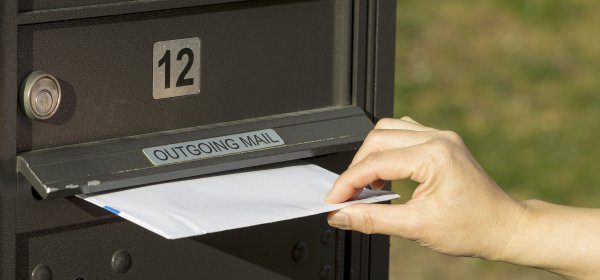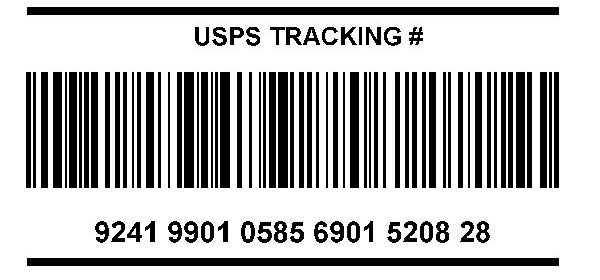Postal Reform May Finally Happen

USPS Postal Reform May Finally Happen
It’s early yet, but according to a report in the Washington Post, there is strong bi-partisan support for a new round of Postal Reform. As one would expect from a compromise, there are good and bad points from whatever viewpoint you may hold.
Some key items, Saturday delivery would continue (which is a major advantage for USPS in the parcel delivery space). Stamp prices would increase 1 cent (beyond the recent annual increase). It’s not stated in the article, but this would likely include a similar modest increase for commercial mailers. Postal employees would participate in Medicare, eliminating a great portion of the pension and healthcare issues that have plagued the organization.
The main point is, if it holds together this time, the USPS may finally have the reform legislation that’s been needed for many years. Then we can all get on with the business of using the postal system without having all the uncertainty hanging over us.







